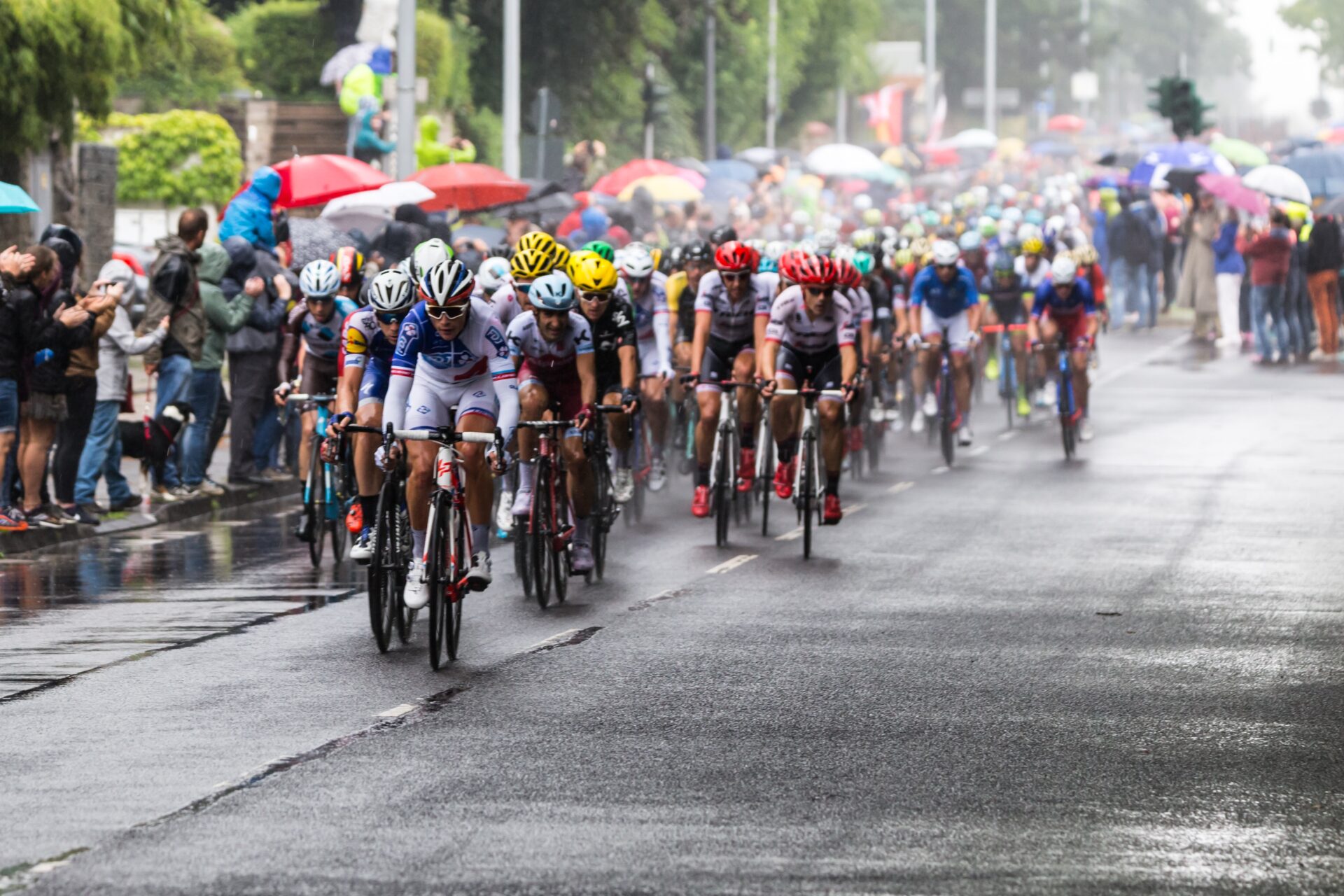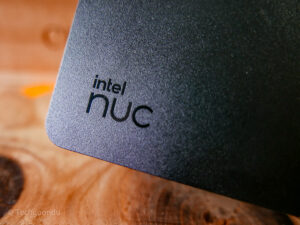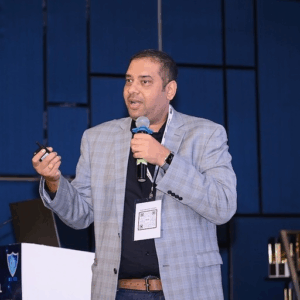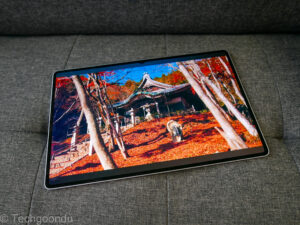
The Tour de France this year will feature innovations such as a digital twin of the actual race as well as an integrated chatbot that gives fans updated information about the competition.
The new offerings, unveiled by the race’s IT vendor NTT today, is aimed at delivering a “connected stadium” experience for fans who cannot be physically at the race but will wish to follow it closely.
Central to everything are the bikes, which help generate much of the data needed to create this virtual experience, using the Internet of Things (IoT) and edge computing.
Using geolocation, the bikes will transmit a constant stream of latitude, longitude, and speed data over radio networks to race motorcycles or a plane.
A microwave signal will then carry the data to the end of the race, where a truck-based edge-computing device will run a “containerised” version of NTT’s real-time analytics platform.
The streams of data, which are analysed in real time, can be used by both fans and the race organiser, Amaury Sport Organisation (ASO).
For example, the digital twin integrates data from a range of sources, including IoT sensors across event vehicles, equipment and locations, to provide a continual stream of actionable information to the race operations team.
The locations of key assets, the publicity caravan, the race convoy, occupancy of VIP zones and current weather conditions are just some of the key types of data fed into the digital twin.
For fans waiting next to the road, they can now get an estimated time of arrival for the peloton at their location, or track the progress of the publicity caravan to make sure they don’t miss the free souvenirs.
This year’s race will also see the integration of ChatGPT in NTT’s AI-driven Digital Human solution, which combines machine learning, speech recognition, natural language processing and conversational AI.
The digital human platform, called Marianne, has been specifically trained on relevant race information and can access detailed information to further enhance the fan experience, according to NTT.
The global technology service provider, part of the Tokyo-based group, has partnered ASO for the past nine years.
In 2020, during the pandemic, it helped deliver a virtual experience to fans of the cycling race when spectators were not allowed at the finish line.
“Combining IoT and edge unlocks a new level of operational excellence and one that can’t be achieved in isolation,” said Shahid Ahmed, group executive vice-president for new ventures and innovation at NTT, of this year’s technologies.
“Capturing, processing, and analysing data alongside the unity of these technologies is essential for making every bike a “digital twin”, which is the ultimate demonstration of edge computing in action,” he added.
“Having worked with NTT for the past nine years, we’ve seen data become an increasing asset to better explain the race to a mass audience, strongly engage our fans, improve their fan experience and support our race organisation’s challenges,” said Julien Goupil, head of partnerships and media at ASO.






